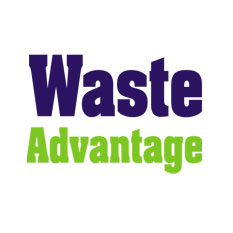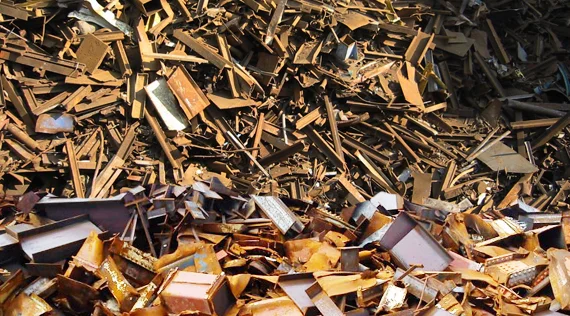Winters Bros. Waste Systems Releases Fist-Ever “State of Waste” Report
Waste & Recycling | 2023-03-01 00:04:07
Of the waste that leaves Long Island, 91 percent is transported by truck, while the other nine percent is transported by rail.
SEATTLE (Waste Advantage): Winters Bros. Waste Systems—the leading waste solution provider on Long Island—today released its first “State of Waste” report that provides a detailed review of the trends, challenges, and opportunities facing Long Island’s waste and recycling infrastructure. The report was prepared using information from a variety of sources including federal, state, and local institutions, agencies, and organizations. Outlined in the report are the very real and very serious environmental, public health, and economic issues that are confronting municipalities and businesses across Long Island in light of the closure of the Brookhaven Landfill in 2024. The report outlines the crisis and, more importantly, identifies 14 action steps to address it and improve waste management and recycling on Long Island.
“The waste crisis Long Island is facing cannot be understated,” said Jimmy Winters, executive vice president and an owner of Winters Bros. Waste Systems. “The 2.9 million people who live on Long Island produce more than 14 million pounds of waste every day. We in the solid waste industry along with public officials, municipal officials, regulators, and community members must work together to develop solutions. Our hope and expectation is that our State of Waste report is a step towards meaningful results.”
The report states that Long Island’s population produces over 2.6 million tons of municipal solid waste per year, not including an additional 5.3 million tons of waste that is produced from construction, renovation and demolition projects annually. Most non-recycled residential waste is burned and the ash residue is disposed of on Long Island, primarily at the Brookhaven Landfill. Most commercial waste from businesses, offices, stores and restaurants is transported off the Island for disposal. Of the waste that leaves Long Island, 91 percent is transported by truck, while the other nine percent is transported by rail.
Winters Bros. offers 14 different recommendations on how this waste crisis can be addressed in the report, and cooperation between public and private entities is at the crux of them all. Municipal and private waste management professionals must work together to create a solid regional approach to finding solutions that address the waste crisis on an Island-wide scale. This would involve all parties working alongside the New York State Department of Environmental Conservation to facilitate solutions, policies and planning to successfully manage Long Island’s wastes. Improving infrastructure is another focus of the State of Waste, with Winters Bros. advocating for zero waste initiatives, more recycling, strengthening of the freight rail system, and the development of local markets and outlets for recyclables.
An improved waste management system that includes waste reduction and greater recycling must also incorporate enhancements to the rail transportation infrastructure, which is woefully under-utilized on Long Island. Using more rail will reduce the enormous strain on our already overburdened roadway infrastructure, congested expressways, and worn out bridges. Such improvements will result in low-carbon options for longer distance travel and improve the environmental sustainability of the goods movement system in alliance with the scoping document from the New York Climate Action Council. Enhancing Long Island’s waste management infrastructure will require local governments and the private sector to work together to expand all facets of waste management, including waste minimization, recycling, composting, anaerobic digestion, and energy recovery through waste combustion.
Courtesy: www.wasteadvantagemag.com
 By
By 